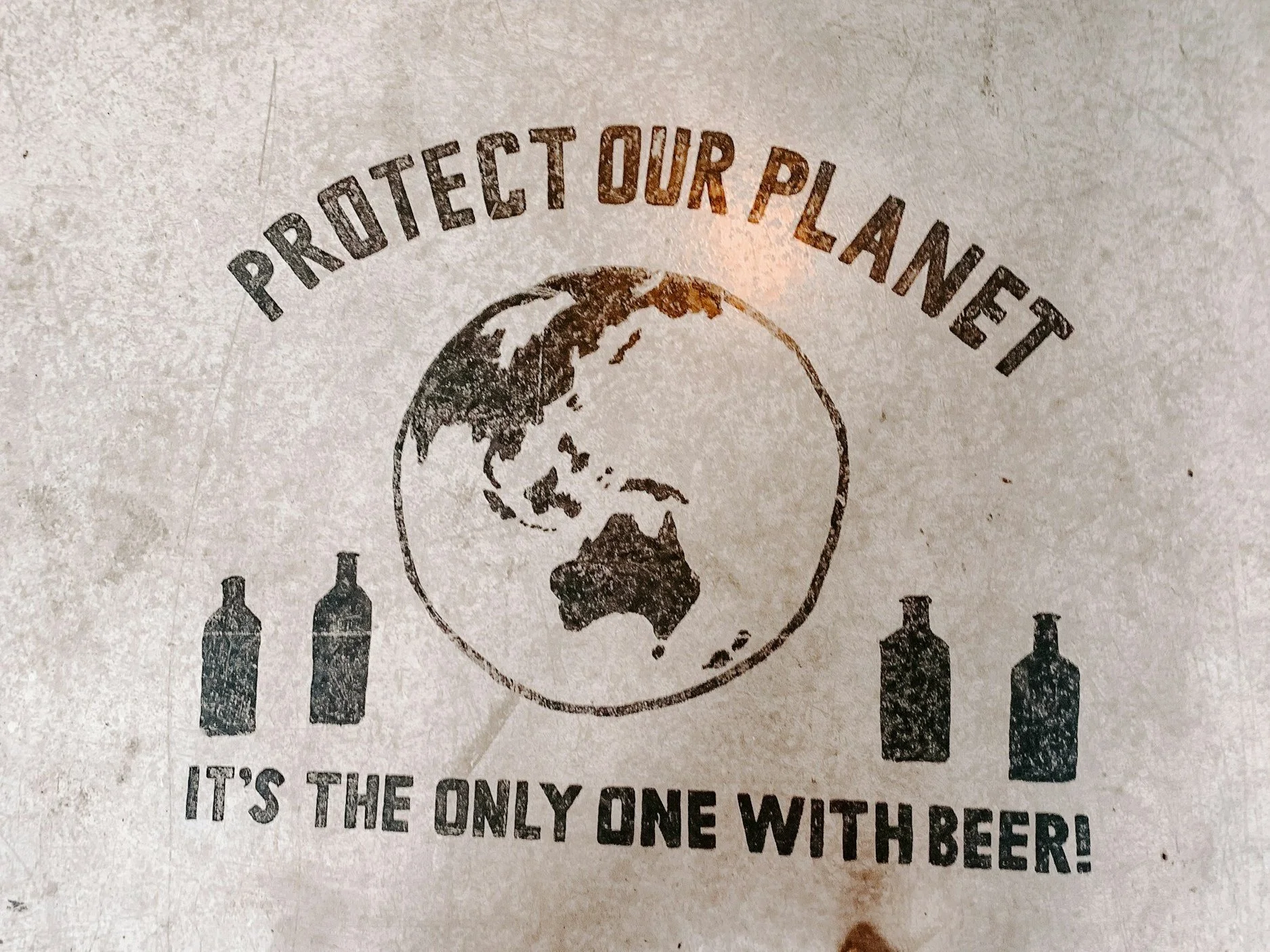Why Sustainability Should Be Felt, Not Just Measured
A few weeks ago, I visited a well-known cultural venue.
Beautiful architecture. Thoughtful programming. And a long, glossy sustainability report in the atrium.
But as I walked through the space, I couldn’t feel any of it. There were single-use plastics at the café.
No visible recycling bins. Nothing telling me how this place was living its values.
It struck me—again—that sustainability has become something we talk about more than something we build in. We’ve turned it into a document.
But experience isn’t read. It’s felt.
The gap between strategy and reality
We know sustainability matters. The data is unambiguous.
A recent study found that over 70% of Gen Z consider sustainability a deciding factor in where they spend their money. Cultural audiences are asking for more transparency, more accountability, and visible action. And carbon targets are tightening across every sector, from hospitality to heritage.
But here’s the uncomfortable bit:
Many organisations are still treating sustainability as a parallel project. Something adjacent to the core offer. Tacked onto strategies. Filed under "CSR". Rarely integrated into the actual guest experience.
There’s a fundamental mindset shift needed here. And it starts with how we define experience.
Sustainable ?
Sustainability is the experience
If your visitors can't see it, feel it, or interact with it—does it even exist?
Take a café that’s quietly removed meat from its menu for sustainability reasons, but hasn’t explained why. That’s a missed opportunity to share purpose. Or the theatre still churning out thousands of printed flyers on recycled paper—without ever questioning if print is even necessary now. Then there are venues that pay to offset carbon but never explain what that means or where it goes. These are actions with intention but no emotional or experiential follow-through.
Now contrast that with a hotel where the staff talk openly and proudly about their local suppliers and water-saving design. Or a gallery where reused materials aren’t just behind the scenes—they’re part of the visual language and storytelling. Or a festival where every element, from tickets to toilets, is designed with care for people and planet—and you can feel that as a guest.
The difference isn’t budget. It’s mindset.
“Visitors don’t just want to see change. They want to be part of it.”
Why this matters more than ever
We’re entering what psychologists call the expectation era.
It’s not enough to do less harm. We need to create good.
Visitors don’t just want to see change. They want to be part of it.
When sustainability is built into the experience, it becomes more than just a policy. It educates without preaching. It builds trust because it’s transparent. And it invites people in. It makes them feel they’re part of something better.
Done well, this approach drives loyalty. It strengthens your reputation. And yes, it affects revenue too. Not as a bolt-on. As part of the core experience you’re offering.
So where do we start?
This isn’t about being perfect. It’s about being intentional.
Start by looking around your space. Where is sustainability currently invisible? What are you assuming your guests don’t notice—or don’t care about? Where are you taking action behind the scenes that you could bring out into the open?
Challenge your habits. Be honest about your trade-offs. And design for the future, not just the now.
Because leadership isn’t found in policy documents. It’s found in your choices. Your behaviours. Your consistency.
If you're asking people to care about your story—show you care about their future.
Because in the end, the most powerful kind of sustainability is the one people remember.
Not the one you report. The one you live.


